Rhine has one of highest concentrations of microplastics
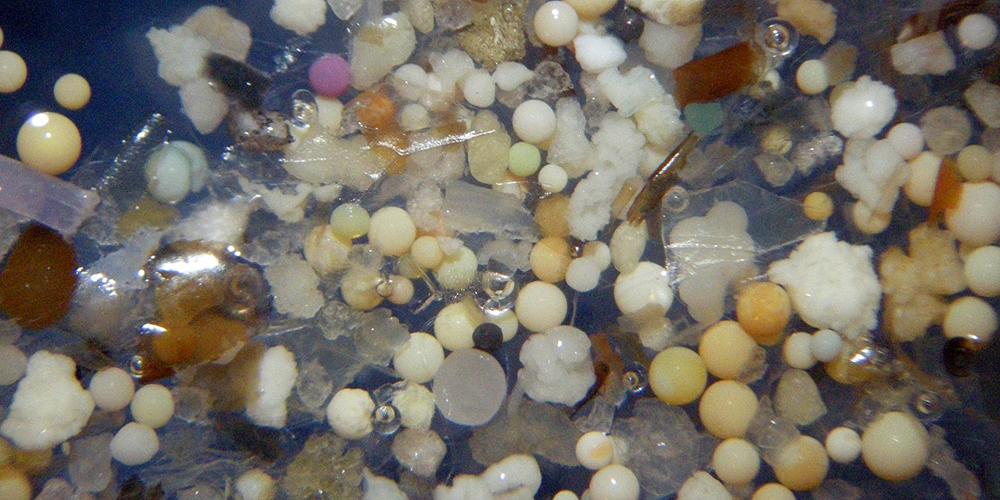
The River Rhine flowing between the cities of Basel and Rotterdam has one of the highest concentrations of microplastics in the world, according to a study by researchers from the University of Basel.
In the study, published on Tuesday in the journal Scientific Reports, Basel researchers took 31 water samples at 11 locations along the 820-kilometre stretch and found microplastics in all samples of varying concentrations. The average concentration was 892,777 particles per square kilometre, or 4,960 particles per 1,000 cubic metres.
Microplastics are tiny plastic particles under five millimetres in diameter, which result from plastics production processes, plastic debris or which are used in cleansing or care products. They are generally made of polyethylene, polypropylene or polystyrene and float for long distances.
The minimum average microplastic pollution was found between Basel and Mainz in Germany (202,900 particles per square kilometre), a medium average at Bad Honnef, Köln-Porz and Leverkusen (714,053) and the highest average in the Rhine-Ruhr metropolitan area (2,333,665). A peak was measured at Rees in North Rhine-Westphalia in Germany, where 3.9 million plastic items per square kilometre (or 21,839 particles per 1,000 cubic metres) were found in a single water sample.
“The Rhine’s microplastics concentrations are among the highest so far studied worldwide,” said biologist Patricia Holm from the Department of Environmental Sciences at the University of Basel.
The Swiss lakes with the highest reported concentrations of microplastics are Lake Geneva and Lake Maggiore (both 220,000 particles per square kilometre).
Elsewhere, only 105,503 items per square kilometre were found in Lake Erie in the United States. Significantly lower concentrations of microplastics were also found in the River Rhone south of Geneva. In general, extreme peaks may be reached after heavy rain or accidents.
Negative health effects
“Our results show that the Rhine is significantly polluted with microplastics. If we assume an average microplastics concentration on the day we took the water sample in Rees, we can say that the Rhine contributes a daily load of more than 191 million plastic particles to the North Sea, and that only takes into account the surface,” Holm said.
“Even though in terms of weight this corresponds to only 25 to 30 kilos a day, this adds up to 10 tons a year. Each one of these billions of plastic items can be ingested by organisms and have negative effects on their health.”
While seas and oceans have been the focus of much research into microplastic pollution, little is known about rivers and other waterways. Researchers say it is unclear exactly where the microplastics come from.

In compliance with the JTI standards
More: SWI swissinfo.ch certified by the Journalism Trust Initiative
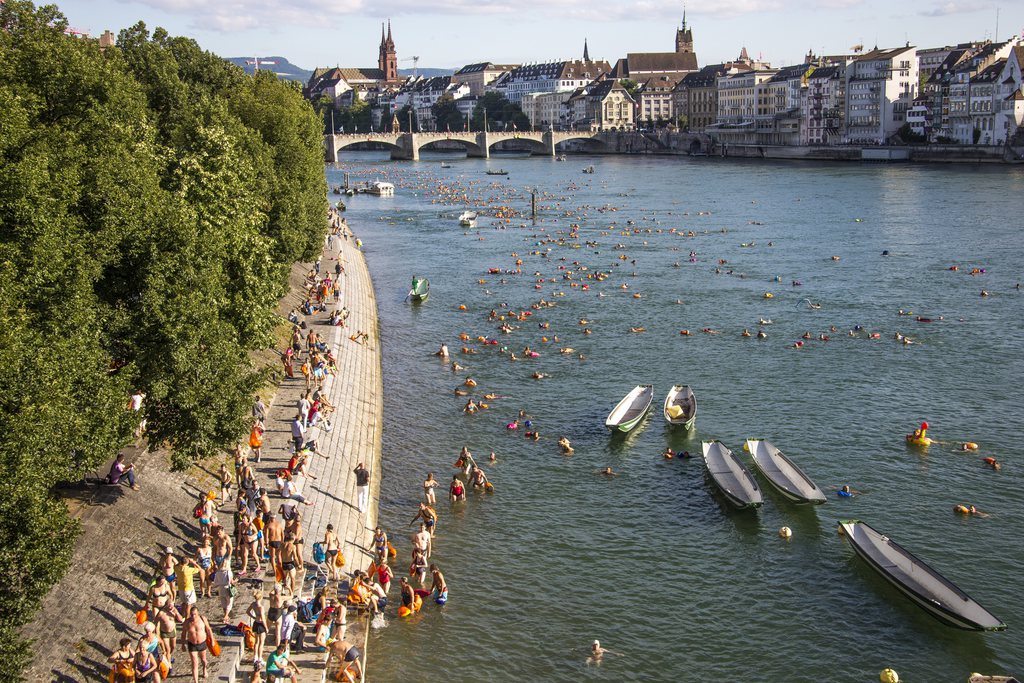
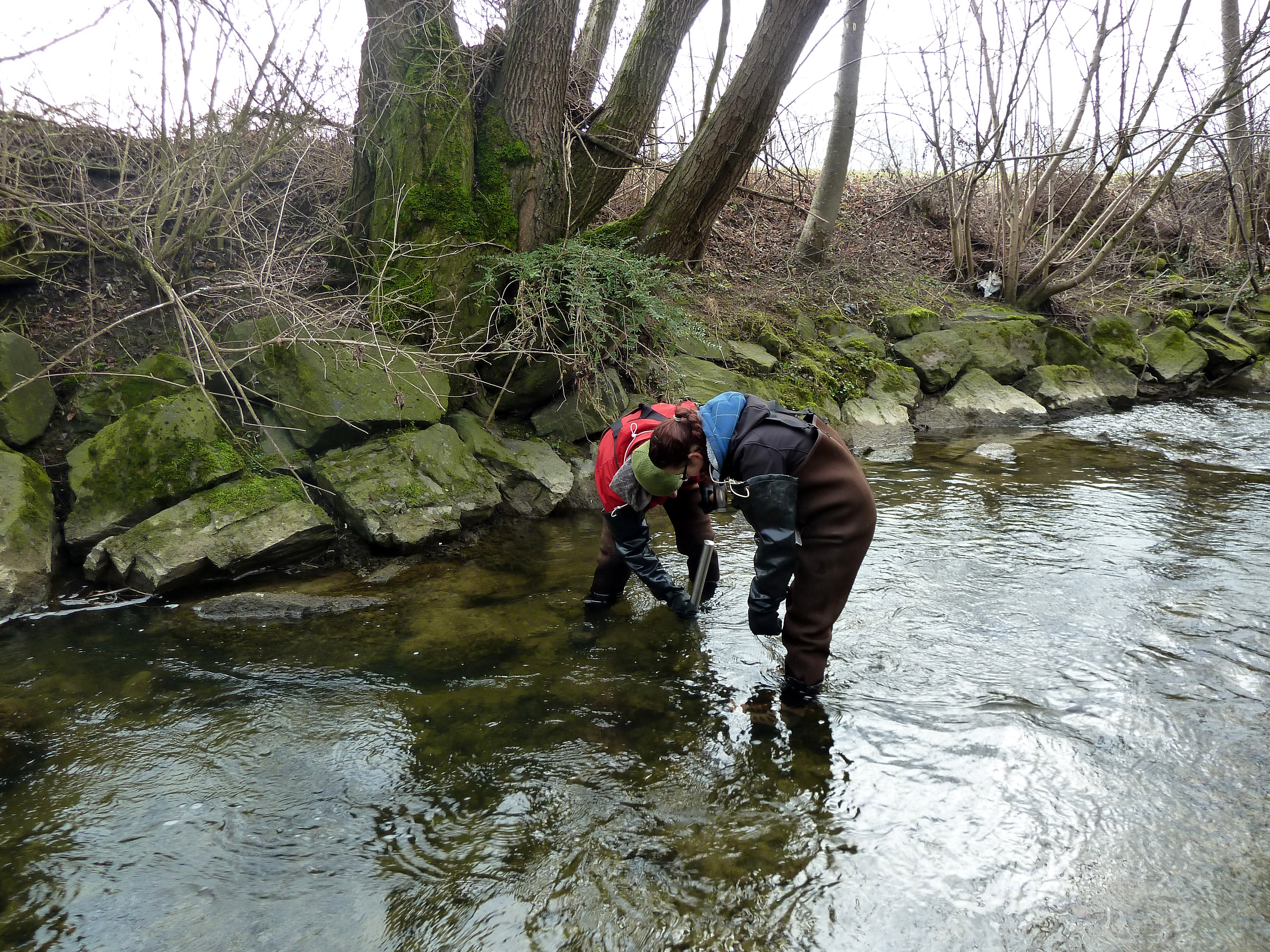
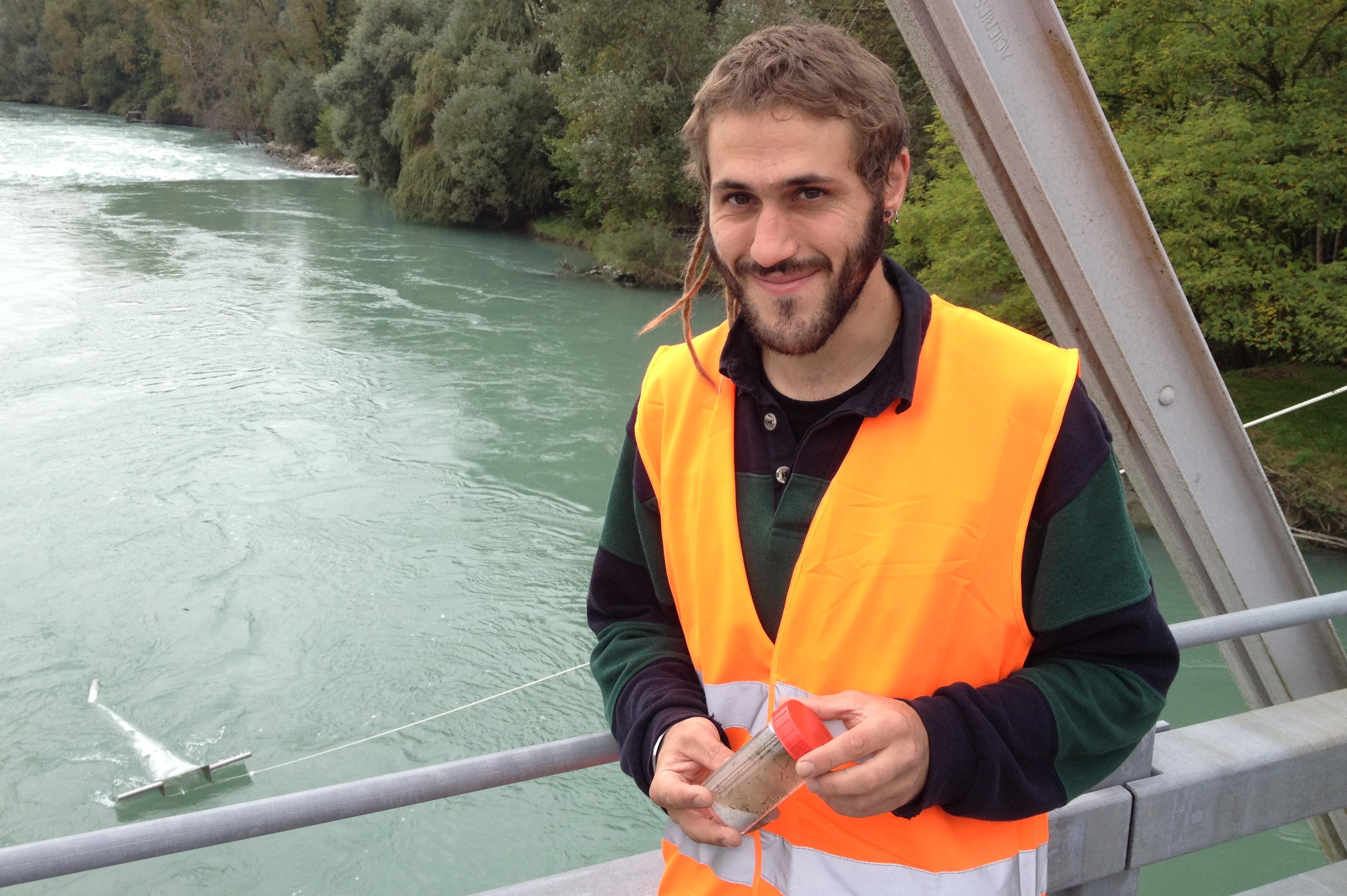
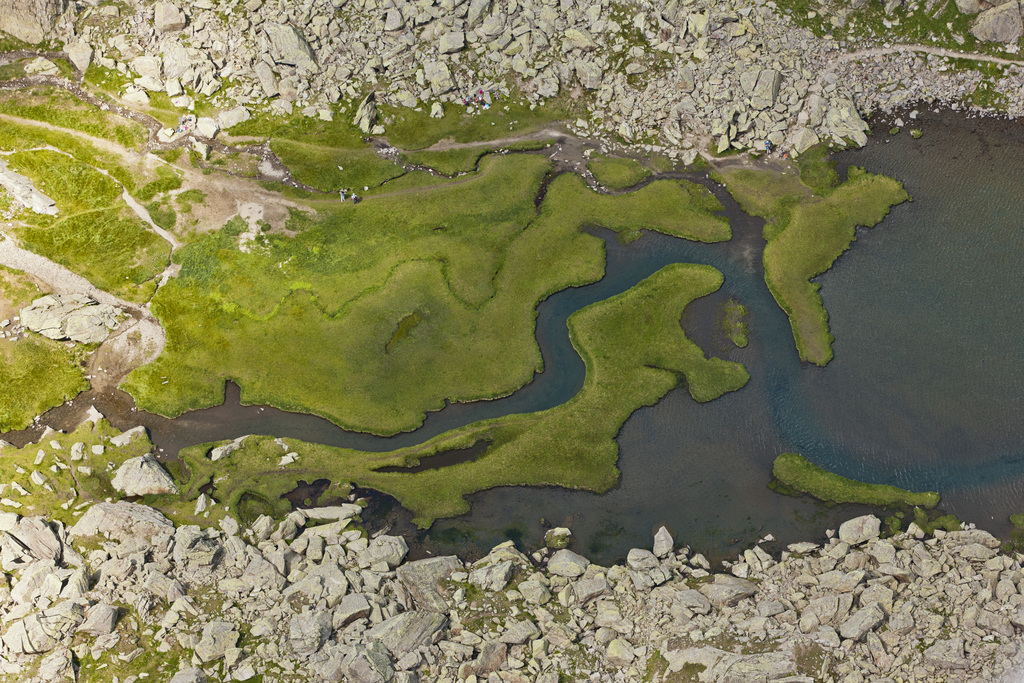
You can find an overview of ongoing debates with our journalists here. Please join us!
If you want to start a conversation about a topic raised in this article or want to report factual errors, email us at english@swissinfo.ch.